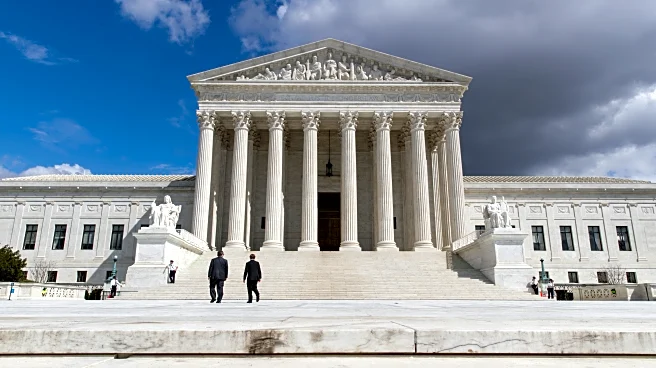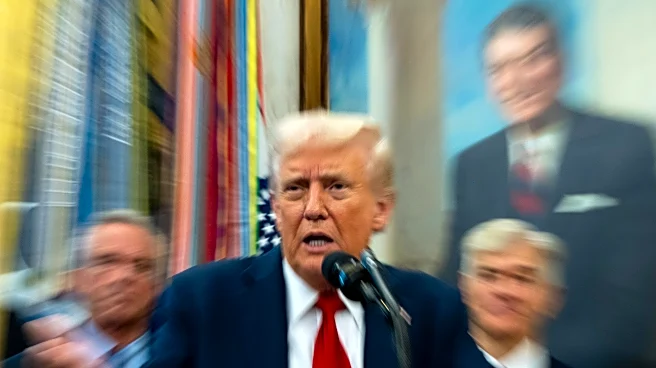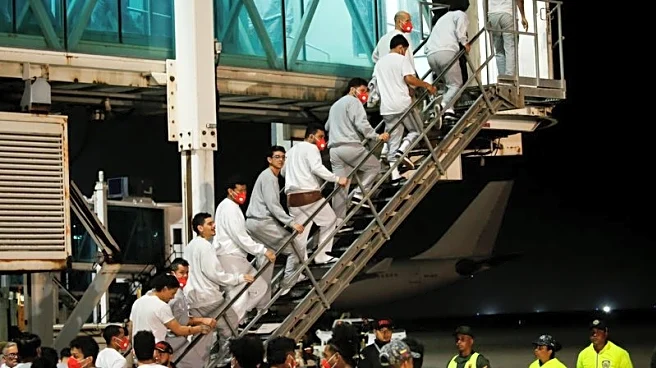What's Happening?
Outside Lands, the largest independently owned music festival in the United States, took place in San Francisco's Golden Gate Park. The festival is known for its unique setting, surrounded by towering eucalyptus and cypress trees, and even features roaming bison. The event attracts passionate and unpretentious crowds from the Bay Area, creating a distinct atmosphere that sets it apart from other music festivals. This year's lineup included a variety of genres, with notable performances from mainstream electronic artists like John Summit, who closed out Friday night with a set that included deep house grooves and festival-ready drops.
Why It's Important?
Outside Lands is significant not only for its musical offerings but also for its celebration of Bay Area culture. The festival provides a platform for diverse musical acts and attracts visitors from across the country, boosting local tourism and the economy. It highlights San Francisco's vibrant arts scene and fosters a sense of community among attendees. The festival's unique setting and atmosphere contribute to its reputation as a must-attend event for music lovers, enhancing the cultural landscape of the region.
What's Next?
As Outside Lands continues to grow in popularity, it may influence other festivals to adopt similar approaches, focusing on local culture and unique settings. The success of this year's event could lead to increased interest in San Francisco as a destination for music and arts festivals, potentially attracting more visitors and boosting the local economy further. Organizers may also explore expanding the festival's offerings to include more diverse acts and experiences, catering to a broader audience.
Beyond the Headlines
Outside Lands' emphasis on local culture and community engagement reflects broader trends in the festival industry, where authenticity and unique experiences are increasingly valued. The festival's success demonstrates the potential for music events to serve as cultural hubs, fostering connections and promoting regional identity. This approach may inspire other festivals to prioritize local culture and community involvement, contributing to a more diverse and inclusive festival landscape.












